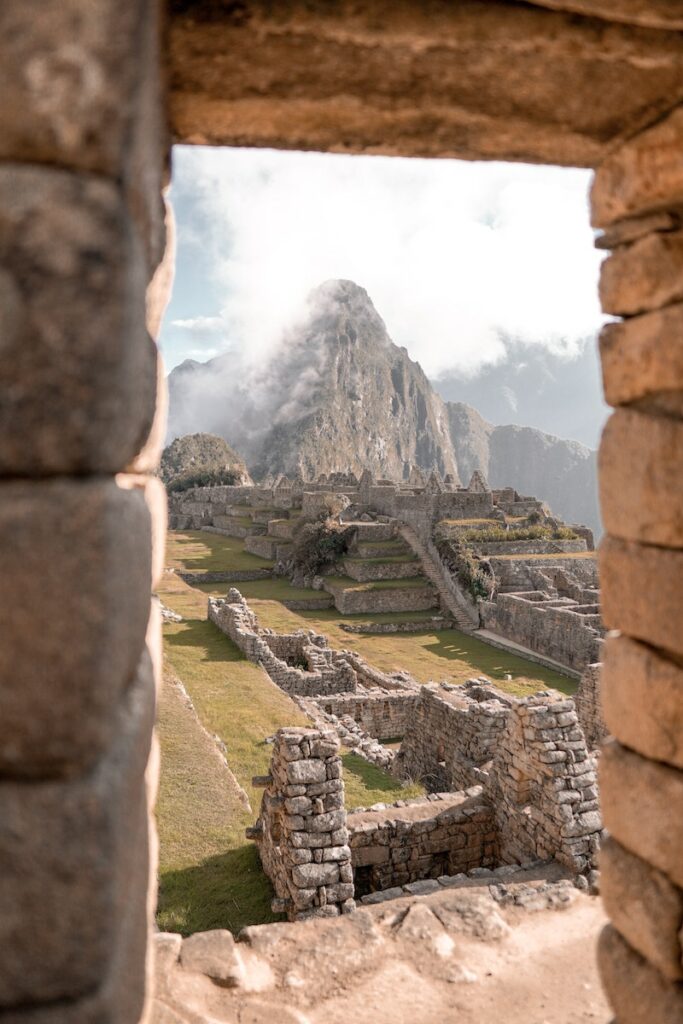Disclaimer: This post contains affiliate links. At no cost to you, I might earn a small commission if you make a purchase through the links in this article
Peru is one of the most popular countries in South America. It boasts incredible Inca culture and awe-inspiring landscapes from snow-powdered Andes to Machu Picchu and Pacific beaches. While Peru has no lack of adventure, it doesn’t have the best drinking water, like most countries in South America, which means you should always carry your water.
Safety of drinking water in Peru often depends on a specific city and region. I never drank tap water in Peru, but I was told that major destinations like Lima and Cusco treat their water. Still, most tourists that I’ve talked to in Peru told me that they prefer buying bottled water.
What is the quality of water like in Peru?
While you could argue about the quality of drinking water in Lima or Cusco, rural parts of Peru often have poor water quality as they lack the proper infrastructure to filter their water supply. Remote parts of the country might also have old pipe systems which means there’s a higher chance of water contamination with chemicals and heavy metals.
After my trip to Peru, I got a lot of questions about whether it’s safe to drink tap water in this country, so I decided to write this article to address some of the most common concerns that travelers often have.
Read: Peru vs Colombia
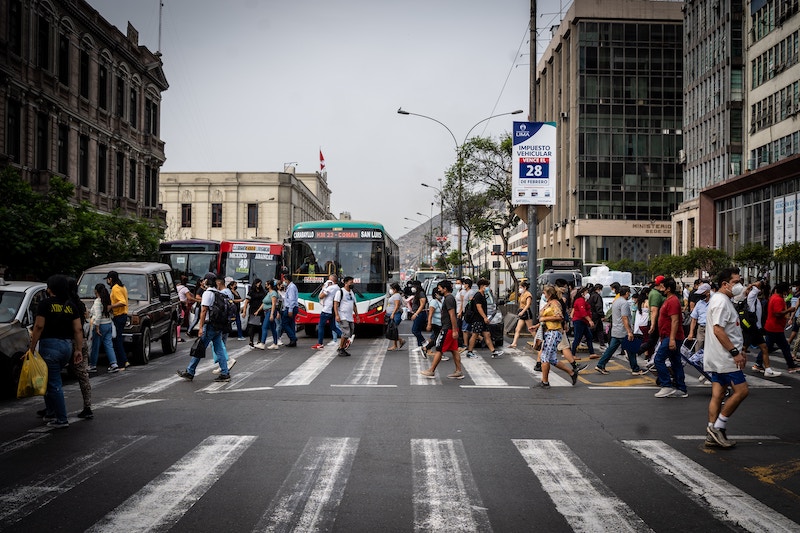
Is it safe to drink tap water in Peru?
To stay safe while visiting Peru, drink only bottled water. While major cities in Peru treat their water, it’s often not the case for remote areas in the mountains that often lack access to clean drinking water due to poor infrastructure and old pipes. Regardless of what place you visit in Peru, stick to bottled water to avoid getting sick.
Do Peruvians drink tap water?
When traveling in Peru, you might meet some locals who will tell you that their tap water is perfectly safe. While it might be the case for locals who are used to certain qualities of their water supply, it’s probably not going to be the same for you.
So, why is Peru’s water unsafe?
Peru’s water is unsafe because of the contaminants in the water supply, particularly in rural areas, which don’t have filtering systems or proper facilities for water purification. Tap water in popular destinations like Lima and Cusco goes through the filtration process, but it usually has some bacteria, which could cause stomach issues if you are not used to it. Treated water in Peru usually has a taste of chlorine, which is usually not the best.
➡️ GET A STAINLESS STEEL BOTTLE TO CARRY YOUR WATER
Can I brush my teeth with water in Peru?
Brushing your teeth with water in Peru is fine in popular destinations like Lima, Cusco, and Arequipa. If you visit more rural parts of the country, always make sure to double-check what the situation is like, as remote areas of Peru can sometimes lack access to clean water.
Why is Peru’s water unsafe?
Peru doesn’t have the best drinking water. While it’s not necessarily unsafe, you should only drink bottled water to avoid getting sick. Bottled water is widely available in Peru, and you can buy it in small convenience stores and supermarkets.
Cusco tap water
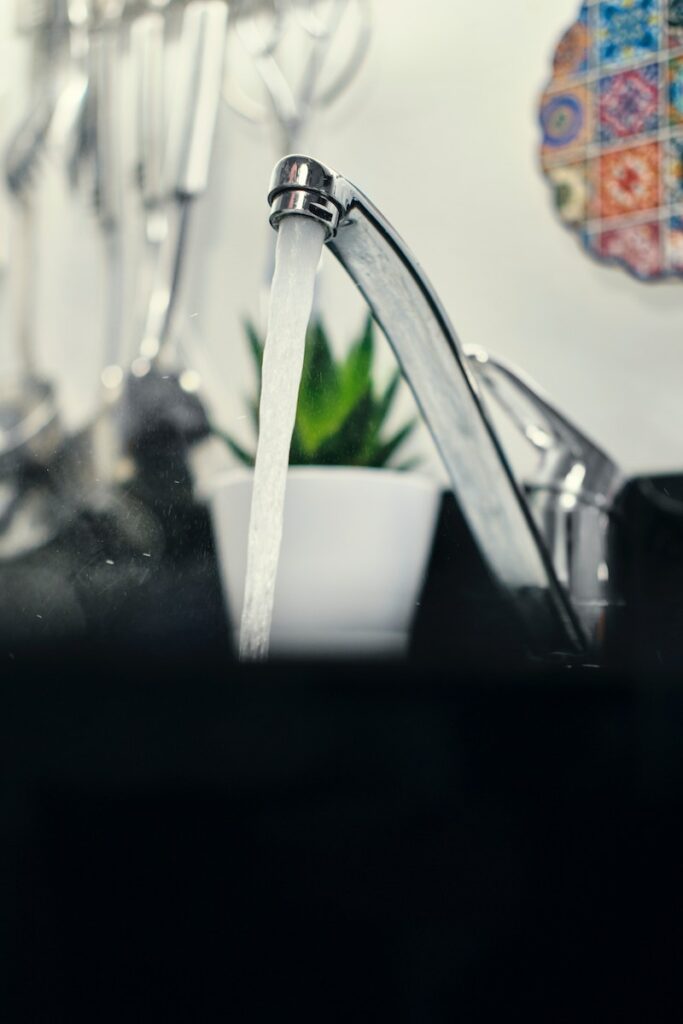
Can you drink Cusco tap water?
Do not drink tap water in Cusco. Only drink bottled water from stores or filtered water from your hotel. While you can use Cusco water for brushing your teeth, washing vegetables, or showering, you should avoid drinking it.
How do I not get sick in Cusco?
To avoid getting sick in Cusco, drink plenty of water to get used to the altitude, eat only fresh vegetables and well-cooked meals, and avoid any street food that looks old or uncooked.
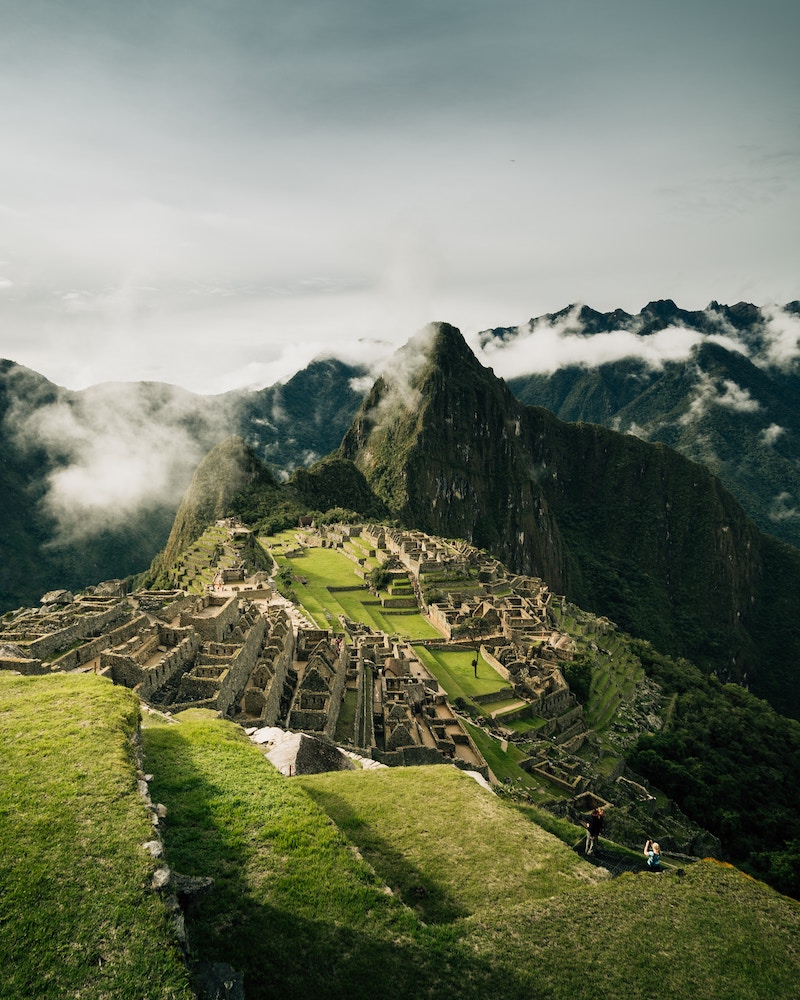
Can you drink the water at Machu Picchu?
Tap water at Machu Picchu is not recommended for drinking, and you should always carry bottled water when hiking this famous landmark or get clean filtered water at your hotel if you are staying in Aguas Calientes, the closest town to Machu Picchu.
Where to stay in Cusco
📍Selina Plaza De Armas Cusco: If you are looking for a nice social atmosphere, good co-working space with wi-fi and location in the heart of Cusco, look no further than Selina.
📍Antigua Casona San Blas: A pretty hotel in San Blas neighborhood, Antigua Casona San Blas boasts delicious breakfast, welcoming staff and gorgeous interior design.
📍JW Mariott El Convento Cusco: An incredible hotel in the heart of Cusco that offers a combination of amenities, and wonderful buffet breakfast.
Lima tap water
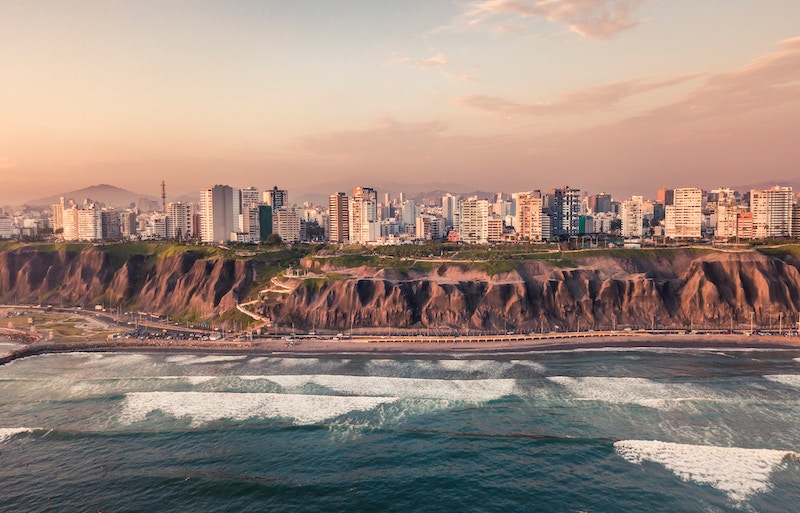
Can you drink tap water in Peru or Lima?
Avoid tap water in Lima, even if you are staying in a good hotel. While Lima tap water is filtered, it doesn’t have the best quality and might give you an upset stomach, as it has bacteria and minerals that you are not used to.
➡️ FIND THE BEST HOTELS IN LIMA
Tips for drinking water in Peru:
- Always drink bottled or purified water – It’s often available in many hotels throughout popular destinations.
- Skip tap water in Peru – Even if you don’t have bottled water readily available. It’s best to wait a bit, then have to deal with an upset stomach or poisoning later.
- Avoid ice in your drinks – If you are going out to a restaurant or bar, make sure to avoid ice in your drinks. Tell your server or bartender that you would like your drinks (sin hielo – without ice).
- Bring your water bottle – While Peru is taking steps to address plastic pollution, a lot of plastic unfortunately ends up in the landfill, which is especially visible in rural parts of the country, that doesn’t have the proper infrastructure to recycle plastic. To reduce plastic pollution, bring your refillable water bottle, which you can use throughout the trip.
- Buy fruits and veggies to hydrate – Peru produces plenty of delicious fruits and veggies like bananas, apples, and oranges which you can buy in local stores and supermarkets to quench your thirst and avoid plastic.
- Boil your water – If you are staying in an area where bottled water is not readily available or you run out of bottled water, always try to boil your water first before drinking tap water. Remember that drinking tap water in Peru should be your last resort.
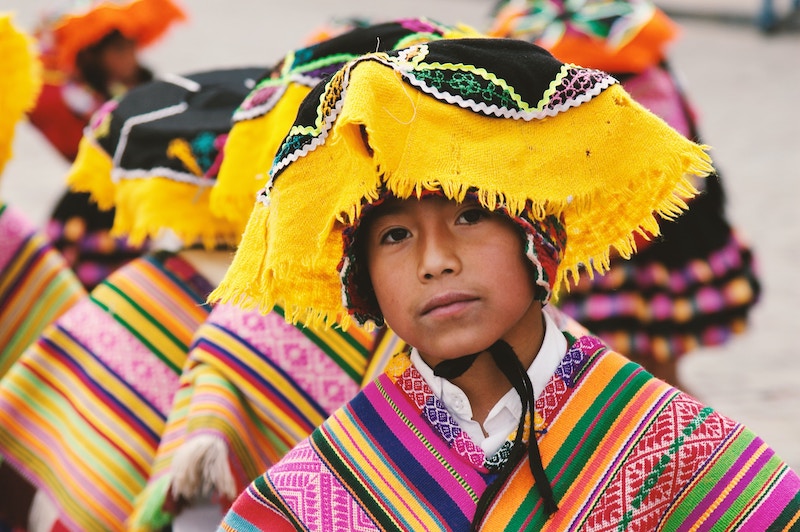
Get insurance for your trip to Peru
While taking precautions when it comes to drinking water in Peru is necessary, it’s best to be prepared for the worst-case scenario. Whether it’s a medical emergency, lost or stolen luggage, or missed flights, there are plenty of things that could affect your dream trip. And that’s the last thing you want to happen.
✅ BUY A TRAVEL INSURANCE FOR YOUR TRIP TO PERU
Consider World Nomads insurance that will protect you in case of hospital visits and many other unforeseen events. Another option is Safety Wing, which is perfect for long-term travelers who plan to stay in Peru for a couple of weeks.
I’ve used Safety Wing for several of my trips including South and Central America, and while I didn’t file any claims, I always had a pleasant experience and found their prices to be very reasonable.
Register for the STEP program
If you are a U.S. citizen traveling to Peru, consider enrolling in STEP, The Smart Traveler Enrollment Program, a free service that allows U.S. citizens abroad to register their trip with the closest U.S. Embassy or Consulate.
Here are some of the benefits of enrolling in the STEP program ahead of your trip:
- Get updates from the Embassy about safety conditions in your destination.
- Stay in contact with the U.S. Embassy in case of an emergency whether it’s a natural disaster, political unrest, or anything else.
- Help family and friends get in touch with you in an emergency.
Food in Peru
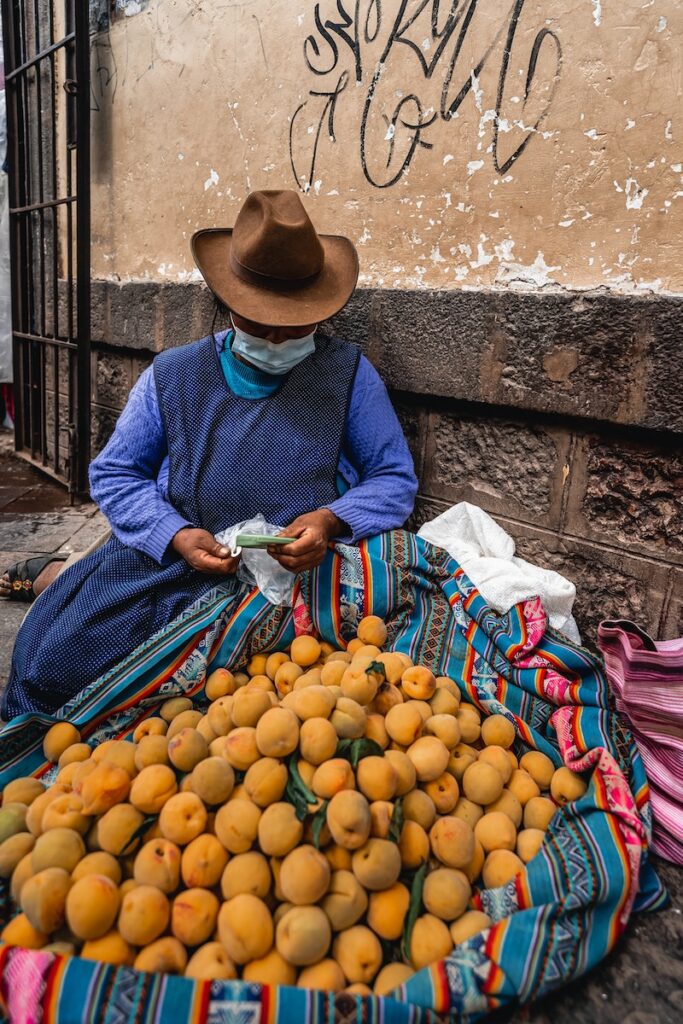
Peruvian cuisine is known for its rich and diverse flavors, influenced by a combination of indigenous ingredients, Spanish culinary traditions, and other global influences.
Peruvian cuisine varies by region, so you may find different specialties in coastal areas, the highlands, and the Amazon rainforest. Overall, Peruvian food is known for its bold flavors, diverse ingredients, and the fusion of traditional and international culinary influences.
Popular dishes in Peru:
Ceviche: This is one of Peru’s most famous dishes. It typically consists of fresh raw fish or seafood cured in citrus juices, such as lime or lemon, and spiced with chili peppers.
➡️ Lomo Saltado
A stir-fry dish that blends Chinese and Peruvian flavors. It usually includes marinated strips of beef or chicken, stir-fried with tomatoes, onions, and other vegetables, and served with rice or potatoes.
➡️ Rocoto Relleno
A spicy dish that involves stuffing rocoto peppers with a mixture of vegetables, and spices, often served with potatoes and cheese.
➡️ Quinoa
Peru is one of the original homes of quinoa, a nutritious grain that has gained popularity worldwide.
➡️ Choclo
Large-kernel corn that is often served as a side dish or used in various Peruvian recipes.
➡️ Causa
Mashed potatoes seasoned with lime and chili, layered with various fillings such as avocado, chicken, or tuna.
➡️ Chicha Morada
A refreshing beverage made from purple corn, sugar, and spices. It’s a non-alcoholic drink that’s common throughout Peru.
What food to avoid in Peru?
Eat only fresh, well-cooked food to avoid food poisoning in Peru. Always thoroughly wash your fruits and vegetables, and avoid anything that looks raw. Likewise, steer clear of any street food that looks old or uncooked.
Is it safe to eat salad in Cusco?
Eating a salad in Cusco is safe, however, you should always check if it’s made from fresh and washed vegetables. If you want to be extra careful, only eat a salad with peeled vegetables to avoid eating the skin that might not be thoroughly washed.
FAQ’s
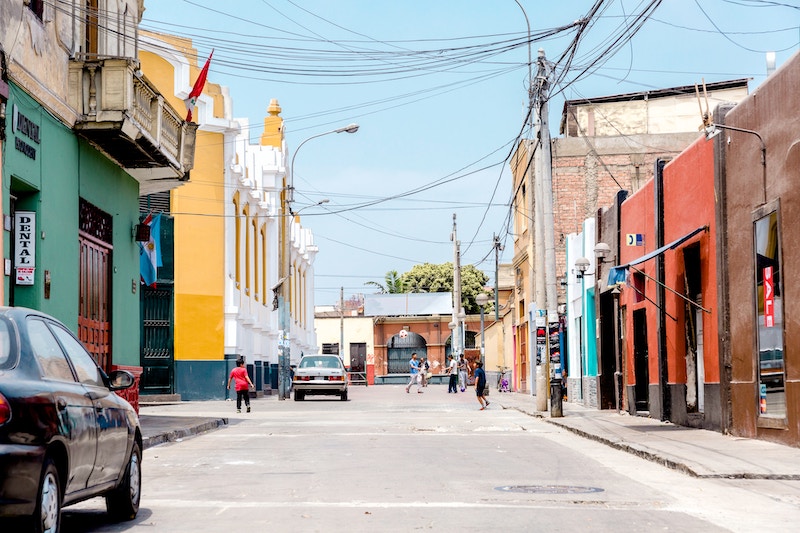
Is it safe to drink coffee in Peru?
Peru is one of the major producers of coffee in South America, and drinking coffee in this country is usually safe.
Can locals drink water in Peru?
While some locals drink water in Peru, it doesn’t mean that it’s safe for travelers. Tap water in Peru often has different types of bacteria, which can cause an upset stomach and other issues, if you are not used to it.
How much water should I drink in Cusco?
Cusco is located at 3,400 meters (11,200 feet) above sea level, which means you need to drink plenty of water to avoid headaches and other symptoms of altitude sickness. Drink at least a few gallons of water per day to acclimatize to the altitude.
What to avoid in Cusco Peru?
Avoid buying tours from unvetted tour operators in Cusco. If you find a tour that you like, check the agency’s online profile, see what reviews they have, and ask for their license.
Is Cusco safe to walk at night?
Avoid walking around by yourself at night. Cusco is a tourist destination, and while you are not likely to get attacked, avoid staying out late and walking along dark streets, as most crime occurs at night.
Is Lima or Cusco safer?
Statically, Cusco is much safer than Lima. Cusco is the tourist capital of Peru, and local police do a good job of protecting visitors. While the most prevalent type of crime in Cusco is pickpocketing and property theft, Lima is a much bigger city than Cusco and has many areas like Callao, La Victoria, Los Olivos, Rimac and El Agustino, that are not safe for tourists.
Final word: Is Peru tap water safe to drink?
Peru tap water is not safe to drink for the most part. While some locals will tell you the opposite, as a visitor, you should stick to bottled water to avoid getting sick, as tap water in Peru often has minerals and is treated with chemicals in major destinations.
